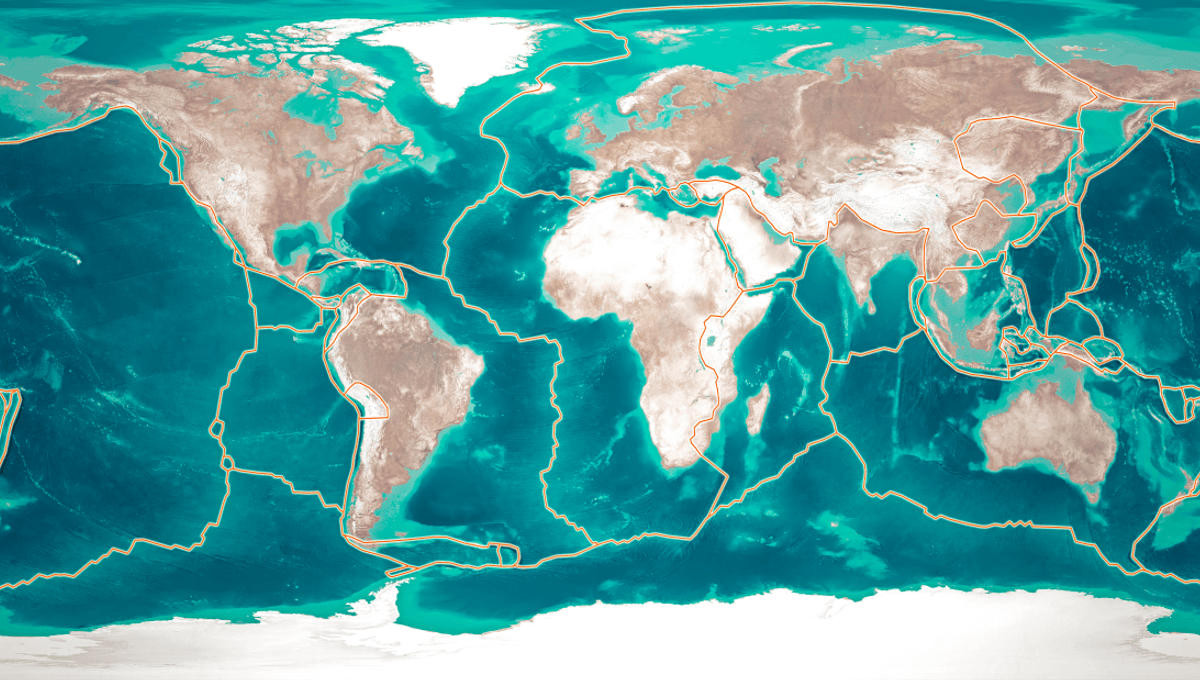
Every 36 million years, the planet’s marine ecosystems experience surges in biodiversity. New research has discovered the cycle is indirectly triggered by geological changes led by plate tectonics influencing sea levels, paving the way for new life to thrive.
When continents dry up and then flood again, barren stretches of land can become extensive shallow seas that are a playground for biodiversity. The change opens up new ecological niches, driving explosions of life as species evolve to be the fittest to fill the free real estate.
One way in which these periods of droughts and floods can occur comes with the shifting of Earth’s tectonic plates that force changes in sea levels. Researchers exploring the phenomenon now report they’ve identified a cycle of around 36 million years in which marine biodiversity explodes as an indirect consequence of tectonic activity.
“In terms of tectonics, the 36-million-year cycle marks alterations between faster and slower seafloor spreading, leading to cyclical depth changes in ocean basins and in the tectonic transfer of water into the deep Earth,” said Professor Dietmar Müller from the University of Sydney in a statement. “These in turn have led to fluctuations in the flooding and drying up of continents, with periods of extensive shallow seas fostering biodiversity.”
The cycle was identified after a review of data regarding sea-level variations, Earth’s interior mechanisms, and marine fossil records, which showed that there were big changes cycling in tandem across the board. It seems that peaks and troughs in marine biodiversity are linked to changes in sea level brought on by the movement of tectonic plates, which are constantly moving, but it figures that the cycle is so regular.
“This research challenges previous ideas about why species have changed over long periods,” Müller said. “The cycles are 36 million years long because of regular patterns in how tectonic plates are recycled into the convecting mantle, the mobile part of the deep Earth, similar to hot, thick soup in a pot, that moves slowly.”
The Cretaceous Winton Formation is a glowing example of how changing sea levels can transform the environment, as the fossils here date back to a time when most of the continent was underwater.
“The Cretaceous Winton Formation stands as a testament to the profound impact of these sea-level changes, capturing a snapshot of a time when Australia’s landscape was transformed and fascinating creatures roamed the land,” Müller concluded.
The study is published in the journal Proceedings of the National Academy of Sciences.
Source Link: Every 36 Million Years, The Planet’s Shifting Plates Trigger A Massive Change